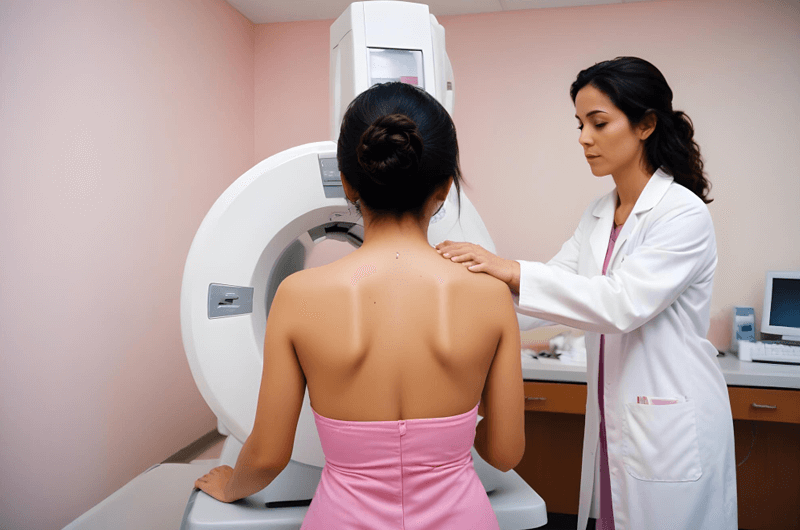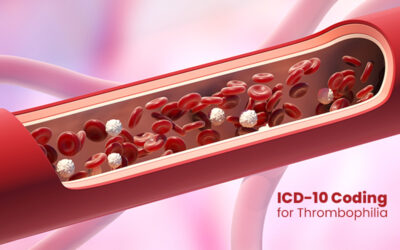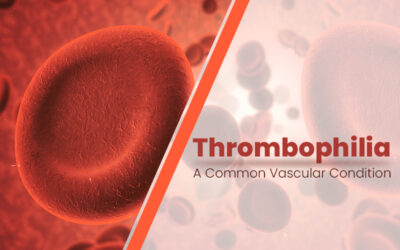This blog is an update to our post published on February 10, 2017 – Use New CPT Codes Correctly to Maximize Reimbursement for Mammography in 2017.
Mammography for breast cancer screening has seen many changes to coding guidelines and reporting in 2017, and things are the same in 2018 too. When it comes to Medicare, women 40 and older are eligible for a screening mammogram every 12 months. Medicare also covers one baseline mammogram for women aged 35-39. Effective for claims with dates of service on or after January 1, 2018, CMS has deleted the G codes for documenting mammography, and instead allows reporting of CPT® codes 77065, 77066, 77067, which were updated in 2017. HIPAA-compliant medical coding services provided by experienced service providers can help physicians meet their radiology medical billing tasks.
In the year 2017, the mammogram codes (77055-77057) and CAD codes (77051-77052) were deleted and replaced with three new codes:
- 77065 Diagnostic mammography, including computer-aided detection (CAD) when performed; unilateral
- 77066 Diagnostic mammography, including computer-aided detection (CAD) when performed; bilateral
- 77067 Screening mammography, bilateral (2-view study of each breast), including computer-aided detection (CAD) when performed
These codes can be used for both digital and non-digital mammograms. As these codes (unlike their predecessors) include computer-aided detection (CAD), which helps in the detection of breast cancer, Medicare did not initially adopt the new CPT® codes. Instead, the agency required the use of dedicated G codes (G0202, G0204, G0206) throughout 2017 to describe breast imaging services for Medicare beneficiaries.
The new definitions of HCPCS codes are:
- G0202 Screening mammography, bilateral (2-view study of each breast), including computer-aided detection (CAD) when performed
- G0204 Diagnostic mammography, including computer-aided detection (CAD) when performed; bilateral
- G0206 Diagnostic mammography, including computer-aided detection (CAD) when performed; unilateral
According to the latest report, starting January 1, 2018, CMS allows the use of new CPT codes instead of HCPCS codes. As coverage rules for such screening services can vary from payer to payer, medical coding companies as well as billing staffs at radiology practices must check with individual payers for screening mammography coverage, as well as acceptable diagnoses to report diagnostic mammography.
The January 2017 HCPCS code update had also replaced code G0389 with CPT code 76706. Type of Service (TOS) “5” was assigned to 76706, and the coinsurance and deductible were waived. As part of the 2018 HCPCS update, effective January 1, 2018, the TOS for 76706 will be changed to “4”; the coinsurance and deductible will continue to be waived.
White documenting breast tomosynthesis, it is recommended to use CPT code “+77063 Screening digital breast tomosynthesis, bilateral (List separately in addition to code for primary procedure)”. However, as per CPT® instructions, this is an add-on code, which may be reported only with 77067 (screening mammography).
In cases where a screening test changes to a diagnostic test, you need to append modifier GC Performance and payment of a screening mammography and diagnostic mammography on same patient same day to the diagnostic code. Medicare will pay for both tests.




